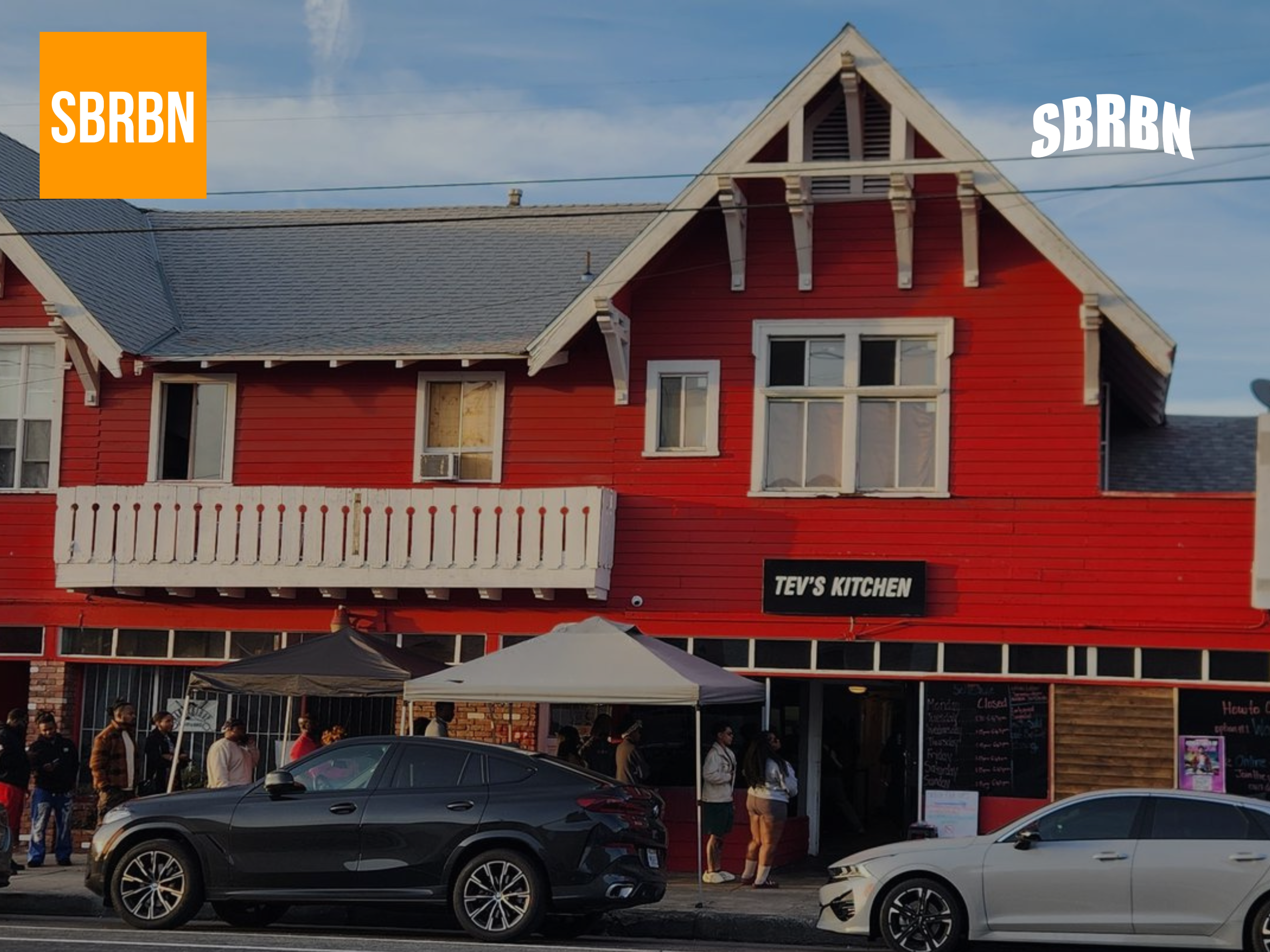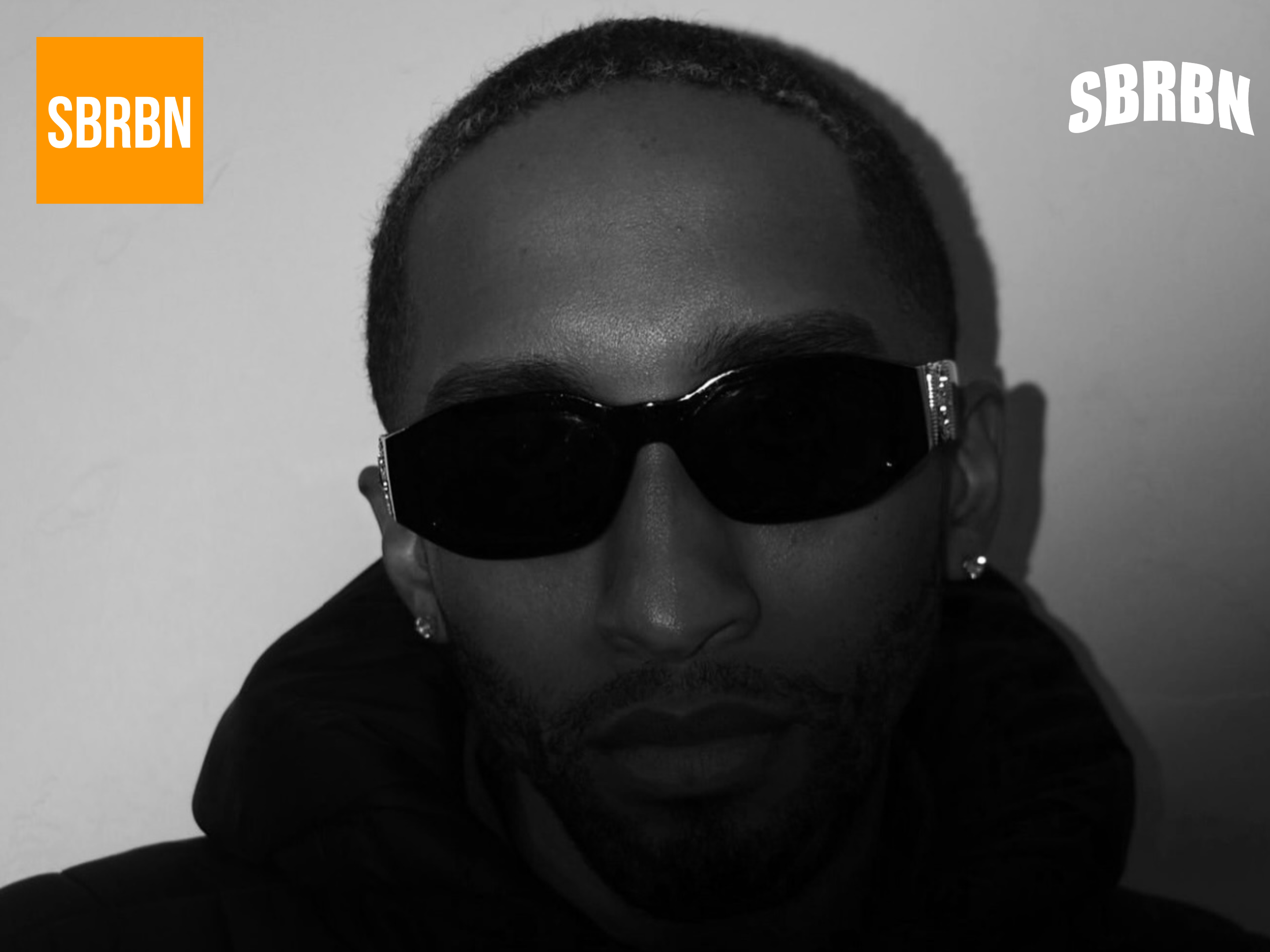
Civil Rights Movement in Los Angeles, California
Racial Attitudes in Los Angeles vs. the South
Although geographically distant from the South, Los Angeles shared similar racial attitudes during the mid-20th century. The Black community on the West Coast faced discrimination, particularly in interactions with law enforcement. However, Los Angeles also played a crucial role in supporting the Southern civil rights movement in Los Angeles, as many Black residents had migrated from the South during the Great Migration.
Key Civil Rights Events that Shaped the Movement
Several landmark events marked the beginning of the Civil Rights Movement, including:
- Brown vs. Board of Education (1954) – Declared segregation in public schools unconstitutional.
- The Murder of Emmett Till (1955) – Sparked nationwide outrage and mobilized activists.
- Montgomery Bus Boycott (1955-1956) – Led by Martin Luther King Jr., this protest against segregation in public transportation gained national attention.
The Role of Photography in Documenting Civil Rights
The African American Photography Collection at the Bradley Center
The Tom & Ethel Bradley Center holds an extensive collection of photographs that document the civil rights movement in Los Angeles and beyond. The work of three notable photographers—Charles Williams, Harry Adams, and Guy Crowder—captures this crucial period in history.
- Charles Williams – Began photographing Dr. King in Los Angeles in 1956.
- Guy Crowder – Captured Dr. King’s 1968 eulogy at Morehouse College.
- Harry Adams – Documented the civil rights movement and Dr. King’s legacy in Los Angeles from 1968 to 1970.
High-Profile Photographers vs. Black Photographers in Los Angeles
Many iconic images of the civil rights movement were taken by white photographers such as:
- Bob Adelman – March on Washington.
- Steve Schapiro – Selma.
- Don Cravens – King’s arrest.
In the South, Black photographers faced extreme danger, often targeted by racist police. In contrast, Black photographers in Los Angeles had special access and were able to document their community’s struggles when mainstream media ignored them.
The Legacy of Black Photographers in Los Angeles
Black photographers in Los Angeles played a crucial role in preserving the history of the civil rights movement. Their work not only captured national figures but also highlighted local leaders who fought against racial barriers. Many of these photographers worked independently, allowing future generations of students, scholars, and community members to access and study Black Los Angeles from the 1940s to the 2000s.
Learn More About the Civil Rights Movement in Los Angeles
For further exploration, visit Dr. Karin Stanford’s StoryMap: The Enduring Spirit of Martin Luther King Jr..








